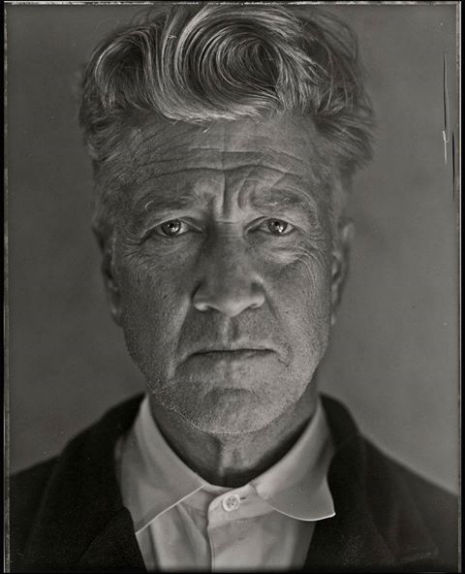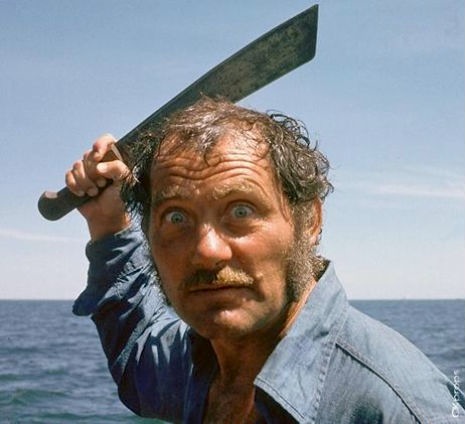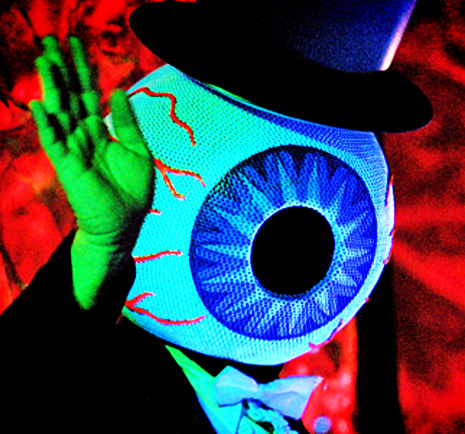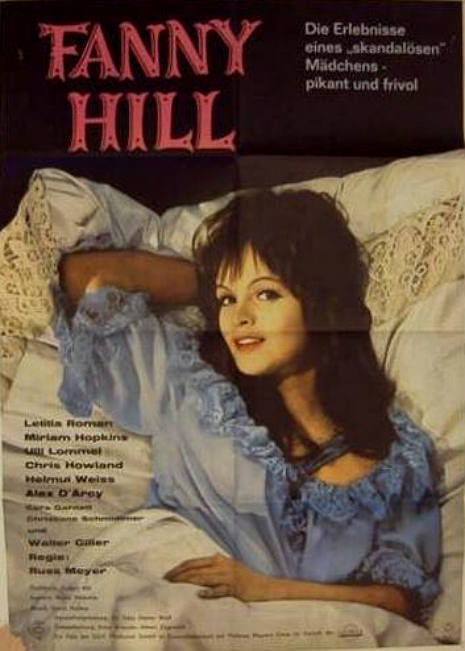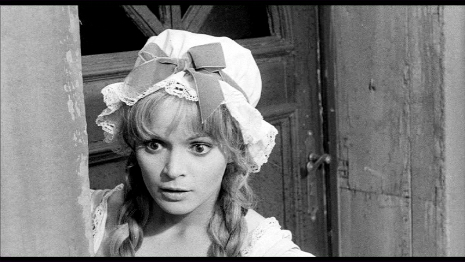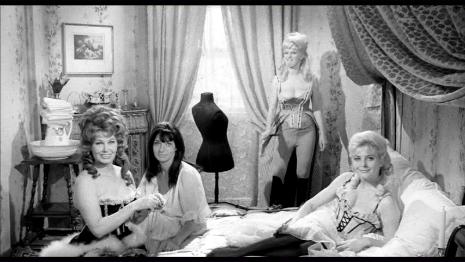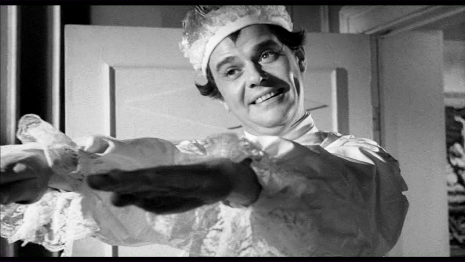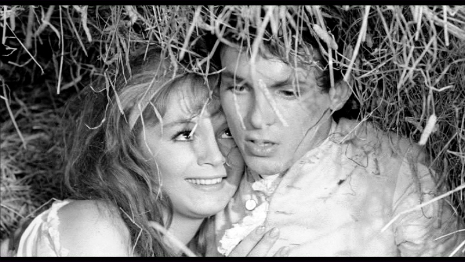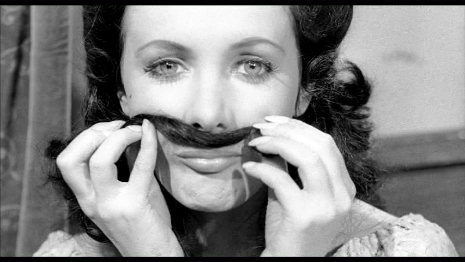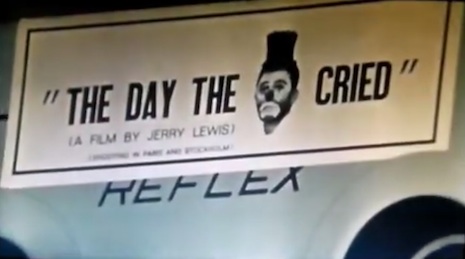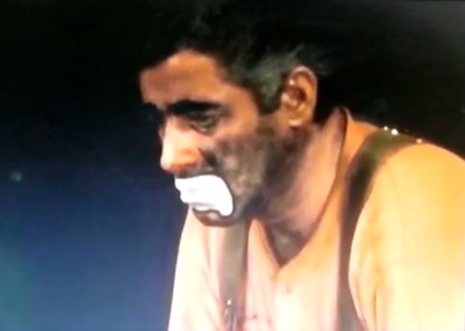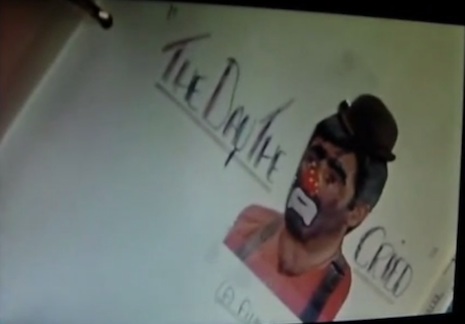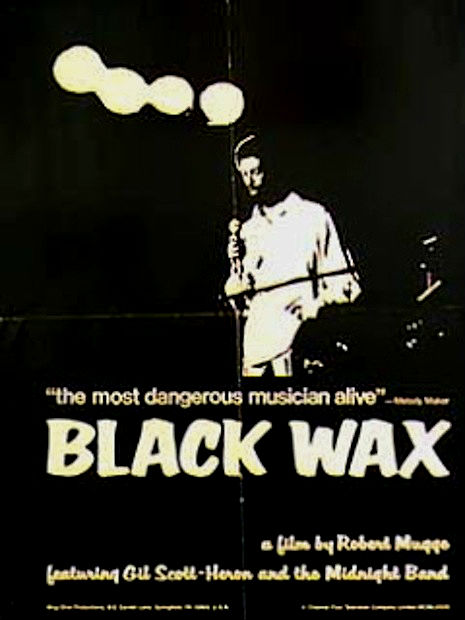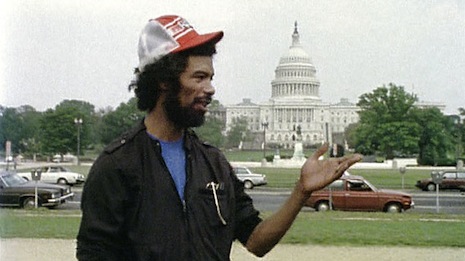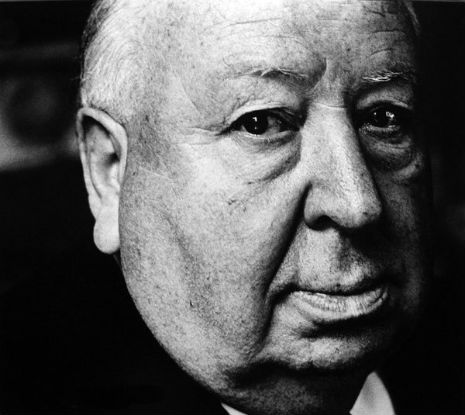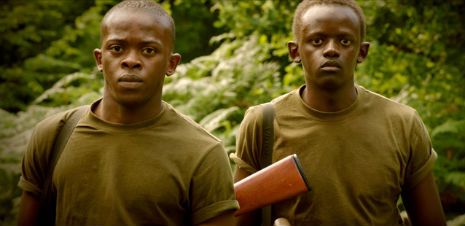
As it currently stands, Chiwetel Ejiofor, the Nigerian-British actor is the bookies favorite to win the Oscar for his outstanding performance in Steve McQueen’s 12 Years A Slave. I hope he wins.
The talented Mr. Ejiofor has also been writing and directing short films, Slapper in 2008, and last year, Columbite Tantalite, which is described as “a postcolonial parable about the west’s hunger for African mineral wealth.”
As Chiwetel Ejiofor explained in The Guardian last year, his film deals with the mineral coltan, which is mainly mined in east Congo:
In the ground, [coltan is] a metallic ore; when refined, it acquires unique heat-resistant characteristics that make it perfect for use in electronic capacitors. As a result, it is present in nearly every electronic device you can name. Coltan is with us almost everywhere we are – in smartphones, laptops, desktop computers, games consoles – but few people have heard of it. And its story reaches back directly to Congo, where the mining industry has been linked with everything from bankrolling civil wars in the region to the destruction of gorilla habitats.
In full, coltan’s name is columbite-tantalite, after Tantalus, the figure in Greek mythology who was condemned to a horrifying eternal torment, of the things he most desired being just out of his grasp. For many people in Congo, that’s exactly what coltan is – close enough to touch, but its riches out of reach. Like copper at the birth of the electrical age, rubber during the era of automobiles, diamonds for as long as they have been mined, it’s a substance that Congo has supplied to other countries, and which, for all the wealth it generates, has turned into a kind of curse. I knew then that I had the nugget of an idea. And the title for the film.
Without giving too much away, the story focuses on a character who has made a life out of coltan and his attempts to come to terms with his past. Interwoven with this is another strand, which focuses on a new computer game that’s being developed, a game so lifelike that it’s almost like stepping into another world. The young guy promoting the game has no sense at all of how he’s involved in the wider scheme. Indeed, the idea that he is connected to a conflict in a remote part of the world would seem absurd.
But, in a way, that’s what was interesting to me: the capitalist system itself being almost like a game. A game with winners and losers, a game that has had terrible, devastating consequences for so many people in the world. A game that we all play, and in which we manage to silence the horrors that implicate us.
The film was a collaboration between The Guardian newspaper and The Young Vic theater.







